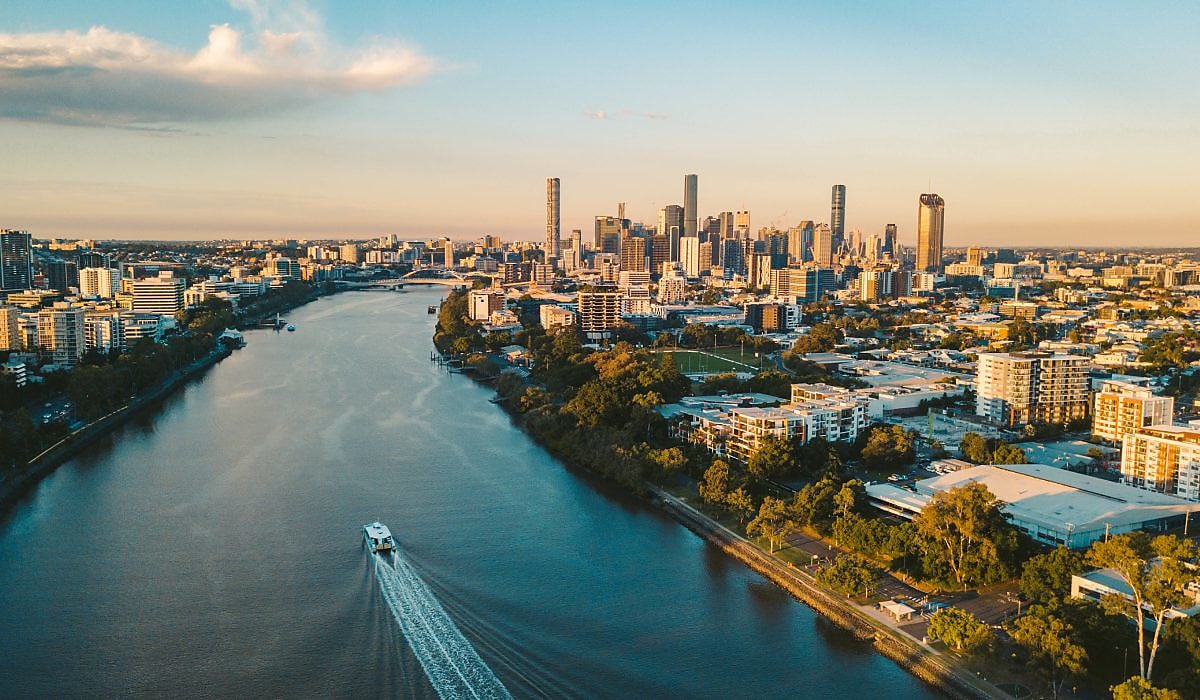Where will Brisbane build to accommodate 3 million residents by 2028?
Brisbane is one of the fastest growing regions in the country, with the greater city area set to surpass 3 million by 2028. So where will all these people live?

PRD’s chief economist, Dr Diaswati Mardiasmo, addressed the elephant in the room with a recent release that posed the question: Where are the future houses hiding in Greater Brisbane?
“It may seem like a straightforward question, but it is acknowledged by many as a wicked problem,” the economist commented.
If it stays on the trajectory it’s currently on, the Greater Brisbane region could surpass three million residents by 2028. Moreover, the Greater Brisbane area could account for over half of Queensland’s population during this decade. Dr Mardiasmo looked at planning and capacity across the region to pinpoint where many of the homes will be built to accommodate this rise in population, and whether they will be enough.
Emphasising that the area’s growth is expected to remain strong, Dr Mardiasmo explained the specific factors making Brisbane so attractive to domestic and international migration.
“Greater Brisbane had a starting price point that was, and still is, much more affordable when compared to Greater Sydney and Melbourne. Greater Sydney’s median house price was approximately $1.4 million before the May 2022 cash rate hike, which was higher than Greater Brisbane’s approximate of $800,000,” she elucidated.
Although demand in all capital cities is increasing, Dr Mardiasmo noted that Greater Brisbane was the only major city that became a recipient of interstate migration during COVID-19.
“This took the state by surprise,” she commented. With interest in the Sunshine State capital region set to remain strong, she explained that housing is already stretched thin.
“Supply and demand [is already] deeply out of proportion, resulting in a housing crisis.”
This means that the Greater Brisbane area is in a position of trying to play catch up, as demand is predicted to outstrip supply for the next 10 years, which will put a constant pressure on house prices.
And unfortunately, due to construction costs and potential challenges, such as shortages in material and labour, financing requirements, or local government red tape, not all projected supply may be built, the economist cautioned.
That being said, there are a number of areas that already appear to be hotspots for high- and medium-density builds, which will be better prepared to play host to the region’s new residents even if not all of the construction goes ahead.
Brisbane City Council, for example, is boosting density in key inner-city and underused suburban land. Most of the top 10 and top 20 (based on estimated value stated by the developer) confirmed apartment projects across Greater Brisbane are set to take place in Brisbane City, with a mostly Western corridor concentration. These include Toowong, Hamilton, Bowen Hills, Fortitude Valley, Milton, West End, Woolloongabba, Kangaroo Point, Indooroopilly, and East Brisbane.
Confirmed townhouses, meanwhile, are concentrated in Richlands, Mackenzie, Sunnybank Hills, Everton Park, and Rochedale. Other confirmed townhouse developments are located in Shailer Park, Browns Plains, Loganholme, Caboolture, and Redbank Plains.
And to accommodate the construction of stand-alone dwellings, the Queensland state government announced a review of its South-East Queensland Regional Plan as it works to find more land to develop for houses.
But even though the region is expected to play host to a swell of building in the coming years, Dr Mardiasmo cautioned that the current plans will not keep pace with demand.
Now is the time, she said, to develop “innovative strategies to introduce more housing options to the market. This may involve embracing a variety of property types, some of which might be unfamiliar to us at present.”
